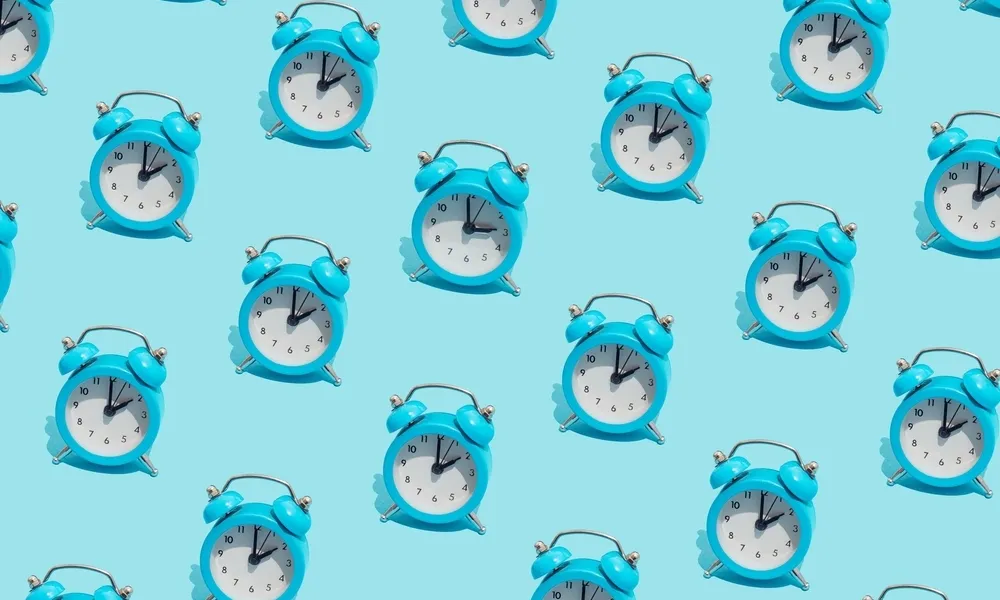Winter time takes effect at dawn on Sunday, 26 October. At 04:00 the clocks should be turned back one hour to 03:00.
The time change applies across all EU member states as part of a shared policy aimed at energy savings. Although there have been repeated debates about abolishing the practice, no final decision has been taken.
Why The Time Change Exists
Summer time is based on a simple idea. By shifting daily activity closer to daylight hours, the use of artificial lighting falls and so does energy consumption. In theory, that means lower electricity bills, especially in sunnier countries. For that reason, in any eventual decision, adopting permanent winter time is considered unlikely for countries with abundant daylight.
What Studies Indicate
Recent studies in European countries suggest the energy savings from clock changes range between 0.3 percent and 0.8 percent of annual electricity consumption. In practical terms, for Greece this has been estimated at roughly 15,000 to 40,000 MWh per year, enough to power a small town for a year. Supporters of summer time argue that longer evening light reduces demand, while winter time lengthens darkness and could raise consumption.
Specialists also note the effect of the measure has been diminishing for years. Advances in energy efficiency, such as LED lighting, the wider use of air conditioning and lifestyle shifts with more evening activity all reduce the relative benefit. Critics add that higher air conditioning use during hot summer hours can offset any savings from summer time. They argue this concern does not apply in the same way to winter time.
The EU-Level Debate
In 2019 the European Commission proposed ending seasonal clock changes, leaving member states to choose either permanent summer or permanent winter time. No common decision has been reached, so the current practice remains in place.
The time change on Sunday, 26 October 2025 will go ahead as usual. The two camps continue to argue over the real scale of energy savings and the effects on our body clocks and mood.
